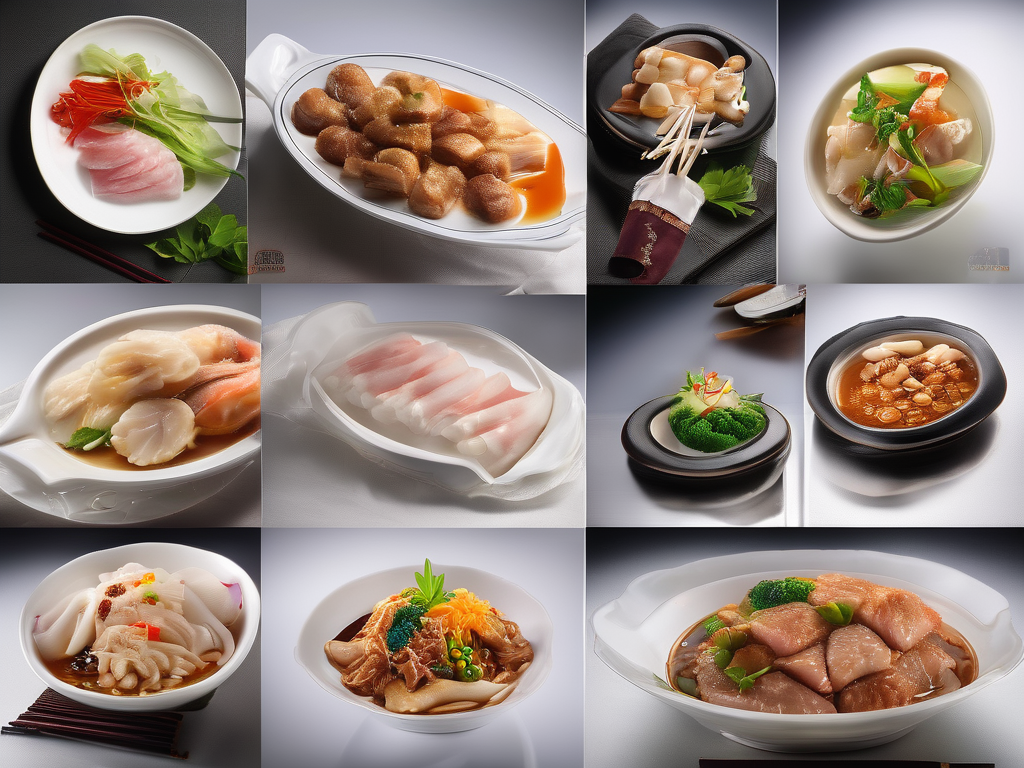
The Dangers of Eating Expired Lap Cheong: What You Need to Know
Get Your Free Food Safety Cheat Sheet
30 most common foods with instant answers. Print it and stick it on your fridge—completely free!
The Dangers of Eating Expired Lap Cheong: What You Need to Know
Lap Cheong, a type of Chinese sausage, is a popular ingredient in many Asian dishes. However, like all perishable foods, lap cheong has a limited shelf life, and consuming it after its best by date can pose health risks. In this blog post, we will explore what happens if you eat expired lap cheong and provide important information on food safety and storage practices. (Lap cheong)
Understanding Lap Cheong and its Best By Date
Lap cheong is a cured, dried sausage made from pork and various seasonings such as soy sauce, sugar, and Chinese wine. It has a distinct sweet and savory flavor, making it a versatile ingredient in stir-fries, soups, and fried rice dishes. The sausage is typically vacuum-sealed or packaged in airtight casings to extend its shelf life.
Every package of lap cheong comes with a best by date, indicating the date by which the sausage is expected to maintain its quality and freshness. It is important to note that the best by date is not a strict expiration date but rather a guideline for optimal quality. Consuming lap cheong after this date can result in changes to its taste, texture, and safety.
Risks of Eating Expired Lap Cheong
Changes in Flavor and Texture
- Expired lap cheong may develop off-flavors, such as sourness or bitterness, due to the breakdown of fats and proteins.
- The texture of the sausage may become mushy or dry, compromising its palatability.
Bacterial Growth
- As lap cheong ages, harmful bacteria such as Listeria, Salmonella, and E. coli can multiply, increasing the risk of foodborne illness.
- Consuming expired lap cheong can lead to symptoms like nausea, vomiting, diarrhea, and abdominal cramps.
Nutritional Loss
- Over time, the nutritional value of lap cheong may decline, particularly in terms of vitamin content.
- Eating expired lap cheong may not provide the same level of essential nutrients as fresh sausage.
Food Safety Tips for Lap Cheong Storage
Proper Refrigeration
- Store unopened lap cheong in the refrigerator at 40°F (4°C) or below to slow down bacterial growth.
- Once opened, transfer the sausage to an airtight container or resealable bag and consume it within a week.
Freezing Guidelines
- You can freeze lap cheong to extend its shelf life for up to 2-3 months.
- Wrap the sausage tightly in plastic wrap or aluminum foil before placing it in a freezer-safe bag or container.
Thawing Precautions
- Thaw frozen lap cheong in the refrigerator rather than at room temperature to prevent bacterial contamination.
- Use thawed sausage within 1-2 days and avoid refreezing it to maintain quality.
What to Do If You've Consumed Expired Lap Cheong
If you have mistakenly eaten expired lap cheong or suspect food poisoning symptoms, take the following steps:
- Monitor Symptoms: Pay attention to any signs of foodborne illness, such as nausea, vomiting, diarrhea, or fever.
- Stay Hydrated: Drink plenty of fluids to prevent dehydration caused by vomiting or diarrhea.
- Seek Medical Attention: If symptoms persist or worsen, consult a healthcare provider for proper diagnosis and treatment.
Conclusion
In conclusion, eating expired lap cheong can pose health risks due to changes in flavor, texture, bacterial growth, and nutritional loss. To ensure food safety, always check the best by date on the packaging, practice proper storage techniques, and avoid consuming sausage past its prime. By following these guidelines, you can enjoy lap cheong safely and maintain its quality for delicious culinary creations. Remember, when it comes to food safety, freshness matters most. (Lap cheong)
Authoritative Food Safety References
These agencies and university labs inform every tip and health precaution we publish.
USDA FoodKeeper – Cold Storage Guidelines
Official refrigerator, freezer, and pantry timelines maintained by the U.S. Department of Agriculture.
Visit USDA FoodKeeperFDA Produce Safety Rule & Grower Guidance
Field-to-fridge handling practices that prevent contamination of fruits, vegetables, and leafy greens.
Visit FDA Produce SafetyCDC Foodborne Illness Prevention Hub
Surveillance-backed guidance on pathogens, symptoms, and steps to reduce foodborne illness risk.
Visit CDC Food SafetyUC Davis Postharvest Technology Center
University research detailing optimal storage atmospheres for produce after harvest.
Visit UC Davis PostharvestPenn State Extension – Home Food Preservation & Safety
Peer-reviewed extension bulletins on safe canning, chilling, and reheating practices.
Visit Penn State ExtensionGet Your Free Food Safety Cheat Sheet
30 most common foods with instant answers. Print it and stick it on your fridge—completely free! Want more? Upgrade to the complete guide with 70+ foods.
Scan your food directly and get instant safety info using our AI-powered camera feature.